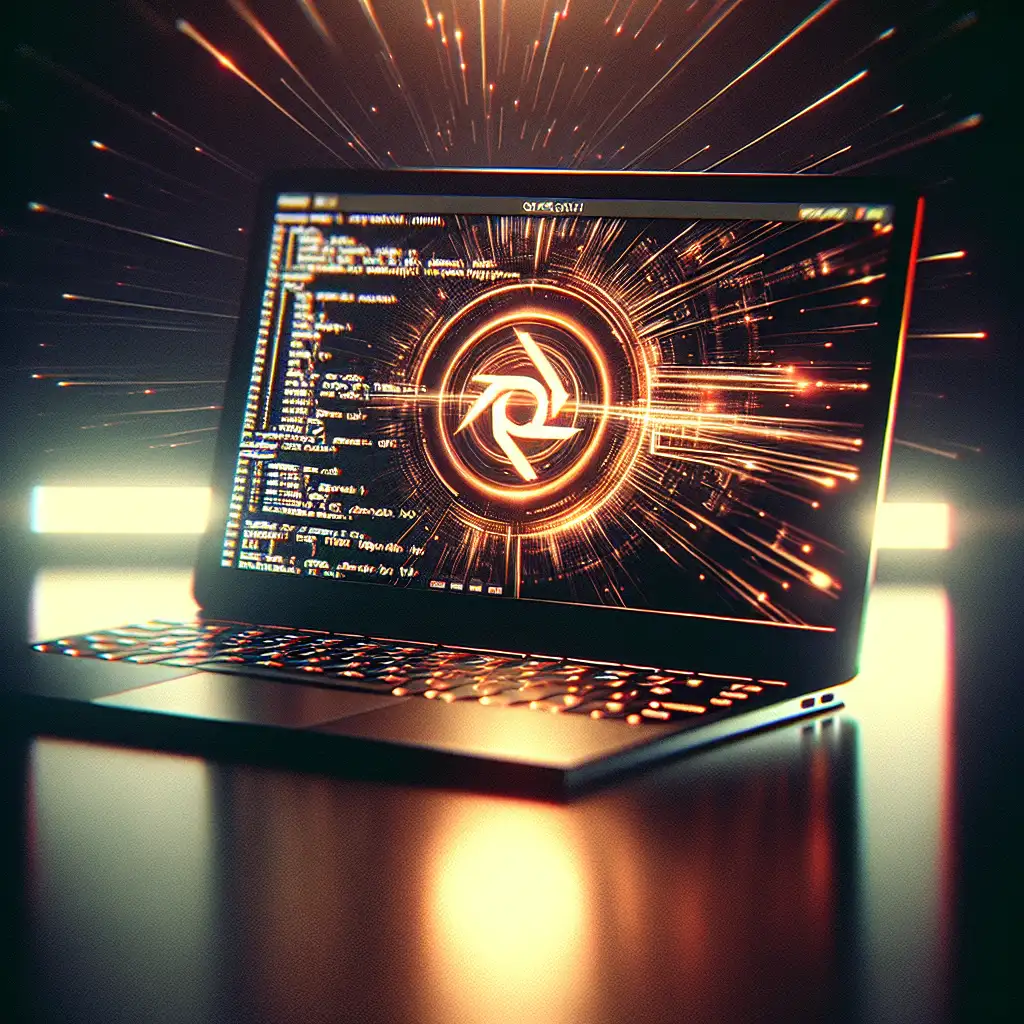Mastering NVIDIA Driver Installation on Ubuntu: A Step-by-Step Guide for Optimal GPU Performance
Many users struggle with outdated or incorrectly installed drivers that hinder their GPU’s capabilities on Ubuntu. This guide cuts through common pitfalls, offering a precise method that even experienced users overlook, transforming your setup into a powerhouse.
Installing the correct NVIDIA drivers on Ubuntu is crucial for unlocking the full potential of your GPU, ensuring system stability, and maximizing performance for tasks like gaming, AI development, or heavy computational workloads. Whether you're running deep learning models, rendering graphics, or just want smoother gameplay, this guide will help you install and configure NVIDIA drivers the right way.
Why Installing NVIDIA Drivers Properly Matters
Ubuntu often installs open-source drivers by default (Nouveau), which provide basic GPU functionality but usually don’t offer optimal performance or support advanced features like CUDA acceleration. Installing proprietary NVIDIA drivers will:
- Unlock full GPU capabilities: including CUDA cores and hardware acceleration.
- Improve system stability: reducing crashes and display issues.
- Enhance gaming and computational performance: essential for AI training or video rendering.
Step 1: Check Your Current GPU and Driver Status
Before proceeding with installation, let's ensure you know which NVIDIA card you have and what driver (if any) is currently installed.
Open a terminal (Ctrl + Alt + T) and run:
lspci | grep -i nvidia
This command lists NVIDIA devices connected to your system.
Next, check if any NVIDIA driver is already loaded:
nvidia-smi
If nvidia-smi returns information about your GPU and driver version, you already have an NVIDIA driver installed. If it says “command not found” or shows errors, proceed with installation.
Step 2: Update Your System Packages
Always start by updating your package list and upgrading any outdated packages to avoid conflicts:
sudo apt update && sudo apt upgrade -y
This ensures you’re working with the latest software versions.
Step 3: Disable Nouveau Driver (Optional but Recommended)
Nouveau is the open-source driver that Ubuntu loads by default for NVIDIA cards but can interfere with proprietary driver installation.
To blacklist Nouveau:
- Create/edit a config file:
sudo nano /etc/modprobe.d/blacklist-nouveau.conf
- Add these lines:
blacklist nouveau
options nouveau modeset=0
- Regenerate initramfs to apply changes:
sudo update-initramfs -u
- Reboot your system:
sudo reboot
After rebooting, verify Nouveau is disabled:
lsmod | grep nouveau
No output means Nouveau isn't loaded.
Step 4: Add Graphics Drivers PPA (Recommended for Latest Drivers)
Ubuntu’s official repositories may not always have the latest drivers. You can add the Nvidia PPA to get cutting-edge versions.
Run:
sudo add-apt-repository ppa:graphics-drivers/ppa
sudo apt update
Step 5: Identify Recommended NVIDIA Driver Version
Ubuntu provides an easy way to detect recommended drivers using the ubuntu-drivers tool:
ubuntu-drivers devices
You should see output indicating the recommended proprietary driver version (e.g., nvidia-driver-525).
Step 6: Install the Recommended Driver
Install it with apt using the exact package name – replace 525 with your recommended version number:
sudo apt install nvidia-driver-525 -y
You can double-check installation after completion by running:
nvidia-smi
which should now show active driver info.
Step 7: Reboot Your System Again
A reboot allows changes to take effect fully:
sudo reboot
Step 8: Verify Your Installation
After rebooting, confirm everything is running smoothly.
- Check the Nvidia kernel module loaded:
lsmod | grep nvidia
- Confirm GPU status again:
nvidia-smi
- Optionally verify OpenGL rendering uses Nvidia instead of Nouveau:
glxinfo | grep "OpenGL renderer"
It should display your NVIDIA card name.
Troubleshooting Tips
If Black Screen or GUI Fails After Installation:
-
Reboot into recovery mode.
-
Remove existing drivers:
sudo apt purge '^nvidia-.*' -
Reinstall recommended drivers carefully following steps above.
For Hybrid Nvidia/Intel Systems (Optimus laptops):
Install nvidia-prime for switching GPUs easily:
sudo apt install nvidia-prime
prime-select nvidia # To activate Nvidia GPU
reboot
You can switch back with prime-select intel.
Bonus: Installing CUDA Toolkit (For Developers)
If you're using your GPU for AI workloads or GPGPU computing, install CUDA from NVIDIA's site after driver setup, making sure versions are compatible.
Example for CUDA 12 on Ubuntu 22.04:
-
Download
.deblocal installer from NVIDIA CUDA Toolkit Archive. -
Install repository meta-packages:
sudo dpkg -i cuda-repo-ubuntu2204_<version>.deb sudo apt-key adv --fetch-keys <key-url> sudo apt update sudo apt install cuda -
Add CUDA binaries to PATH in
.bashrc:export PATH=/usr/local/cuda/bin:$PATH export LD_LIBRARY_PATH=/usr/local/cuda/lib64:$LD_LIBRARY_PATH -
Reload shell profile or reboot.
Final Words
Mastering NVIDIA driver installation on Ubuntu isn’t intimidating when you follow this straightforward method. Avoid pitfalls like leftover open-source drivers or incompatible versions by sticking to this step-by-step workflow.
Properly installed proprietary NVIDIA drivers unleash your GPU's full potential—accelerating everything from desktop responsiveness and gaming to machine learning tasks—ultimately transforming your Linux experience into a powerful performance hub.
If you run into issues or want me to cover related topics like optimizing CUDA setups or troubleshooting specific errors, feel free to leave a comment!
Happy computing! 🚀
